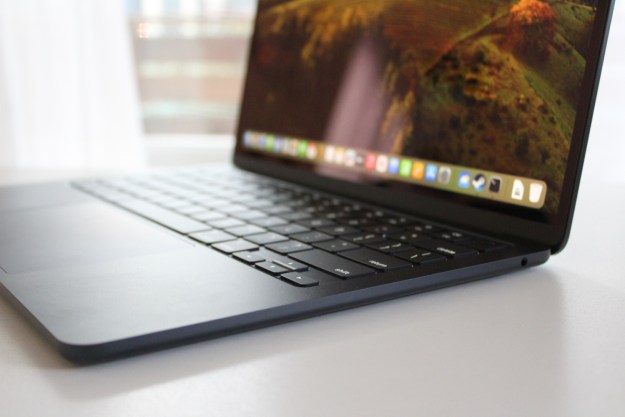On stage at the WWDC 2021, Apple announced MacOS Monterey, the newest version of the Macintosh operating system for MacBooks, iMacs, and Mac Mini devices.
Available as a free update on the Apple App Store on most Macs later this fall, the release builds on the redesign introduced in 2020 with MacOS Big Sur. Last year’s update was all about new visuals and support for the new M1 architecture, and this one adds some more productivity refinements to the overall MacOS experience.
Some examples of these new productivity features include support for SharePlay, a new Focus Mode that will sync across devices, and support for Quick Note, all as seen on iPad OS 15.
More importantly, though, Apple is also introducing more continuity experiences to better sync up Mac machines with iPad and iPhones. The first is called Universal Control. With this, you can use one mouse and keyboard across multiple MacOS and iPadOS devices as a single experience. You can even drag and drop files across devices.
The other new feature is AirPlay to Mac. With the feature, you can cast audio or video from an iPhone or an iPad to a Mac without the need for an AirPlay server.

The latest MacOS release also brings a new Safari release with a new tab design and Tab Groups feature. Both are designed to better clean up your tab bar and sync up your tabs for later across devices. Apple also says that Safari is “the world’s fastest browser” and promises that users can see up to 17 hours of browsing on M1 Macbooks.
Other new features coming in MacOS Monterey include an enhanced Shortcuts experience. Shortcuts will have a rich library of prebuilt shortcuts just for Macs. Apple says it is the start of a “multiyear transition” designed to move users away from the classic Automater app, though it will continue to be supported.
Developers can preview MacOS Monterey through the Apple Developer Program today. Everyone else can expect a public beta program in July, and then an official public launch in the fall after beta testing has been completed.
This story is breaking and will be updated as more information becomes available.
Editors' Recommendations
- Does your Mac need antivirus software in 2024? We asked the experts
- Don’t download the latest macOS Ventura update just yet
- How to take a screenshot on a Mac
- I was wrong about using Stage Manager on Mac
- The best Mac keyboard shortcuts for 2024



